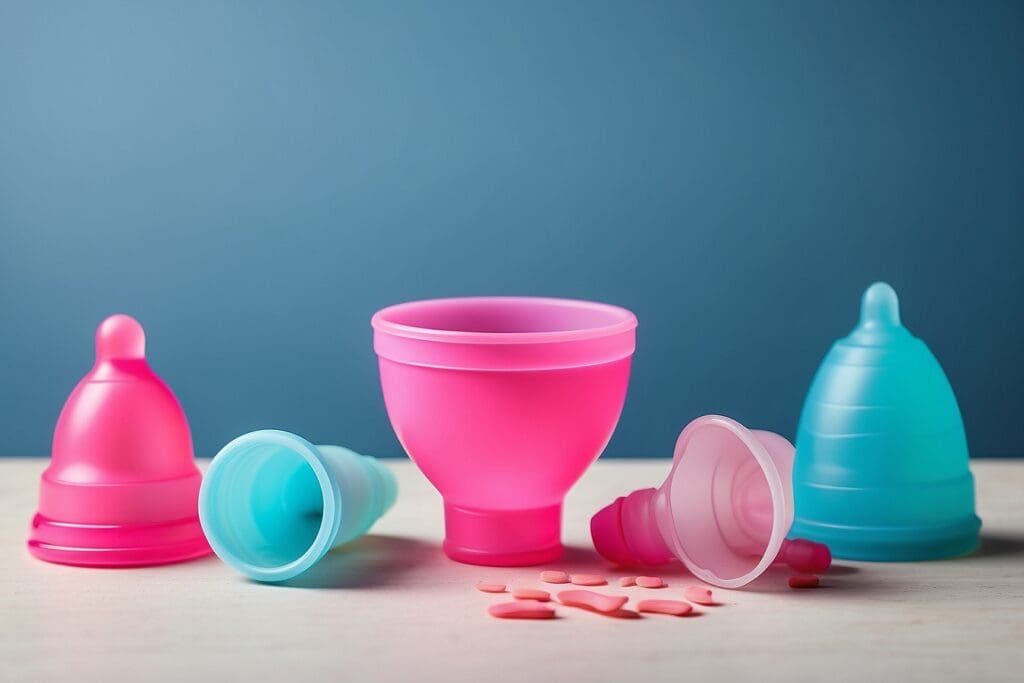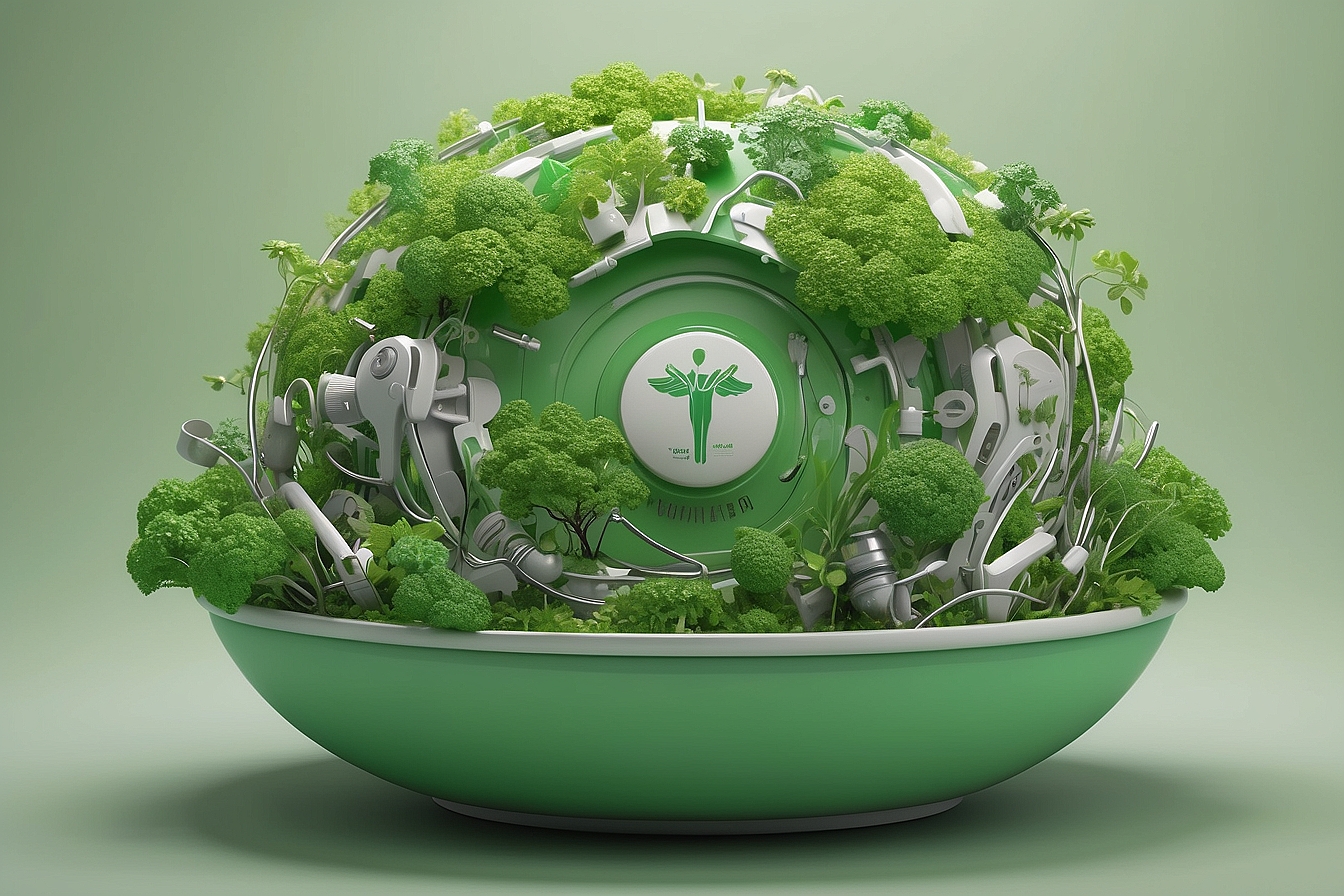The average woman has her period for five days, once a month, over 40 years. In other words, the average woman uses over 16,800 tampons in her lifetime.1 After reading those statistics, I realized I knew very little about one of the products I use most frequently. It turns out that tampons have negative impacts on our bodies, our environment, and our wallets. However, safe and sustainable alternatives are out there!
The Negative Impacts of Tampons
In recent years, the negative impacts of tampons have been hotly contested. Tampons are most often made out of cotton and rayon. Rayon is a synthetic fiber that is created from wood pulp. In the process of creating rayon, dioxin is also produced. While the amount of dioxin in rayon is small, dioxin is unfortunately a carcinogen.2
 i
i
Many studies have found detectable levels of dioxin in a variety of tampon brands, including brands that are 100% cotton. The results of these studies offended the Food and Drug Administration (FDA), which regulates the quality of tampons.3 The FDA stated:
The Environmental Protection Agency (EPA) has worked with wood pulp producers to promote use of dioxin-free methods because dioxin is an environmental pollutant. Because of decades of pollution, dioxin can be found in the air, water and ground. Therefore, while the methods used for manufacturing tampons today are considered to be dioxin-free processes, traces of dioxin may still be present in the cotton or wood pulp raw materials used to make tampons.4
However, while the FDA does monitor the levels of dioxins in tampons, the studies are conducted by the tampon manufacturers themselves and then submitted to the FDA. In addition, the results are not available to the public. This lack of transparency is cause for concern, because when women use tampons, the dioxin is able to enter the body through some of the body’s most absorbent tissues. Thus, whether dioxin is in tampons due to the processing or simply due to environmental conditions, the end result is the same: women’s health is being jeopardized. The effects of dioxin are cumulative, and it is troubling to know that women are absorbing even trace amounts of dioxin over the course of 40 or so years.5
The Benefits of Menstrual Cups

Luckily, there are safe and sustainable alternatives to tampons. In recent years, the menstrual cup has become more and more popular among women. A menstrual cup is a reusable cup that is used to internally collect menstrual blood.6 While the process of using a menstrual cup can be a bit daunting at first, there are many benefits.
First, using a menstrual cup prevents your body absorbing any unwanted toxins, such as dioxin. For example, DivaCup, a popular menstrual cup brand, is made from un-pigmented silicone that does not contain latex, plastic, PVC, acrylic, acrylate, BPA, pthalate, elastomer, polyethylene, or dyes.7
https://web.archive.org/web/20160404101035if_/http://www.youtube.com/embed/_erwGv0N8uY ii
Second, using a reusable menstrual cup drastically cuts down the amount of waste entering landfills. It is estimated that an average of seven billion tampons are disposed of annually in the United States. While the plastic applicator portion of tampons will never biodegrade, even the cardboard applicators take at least six months to biodegrade.8 Disposed menstrual cups also end up in landfills, but the waste adds up to roughly one disposed silicone cup a year instead of hundreds of tampons and applicators. In regards to disposing menstrual cups, DivaCup suggests washing the cup, cutting it up into small pieces, and putting it in the trash. Because silicone is made out of sand, it will slowly degrade over time due to the temperature, anaerobic activity, and moisture in the landfill.9
Third, tampons are made from cotton, which is normally grown on large monoculture farms and requires large amounts of water, pesticides, and fertilizer. And while tampons made from organically grown cotton ![]() do exist, they still don’t solve the problem of seven billion tampons being dumped in landfills annually.10 Lastly, menstrual cups are much easier on the wallet than tampons. For example, the retail price of the DivaCup, a popular menstrual cup brand, is $39.99. DivaCup recommends that you buy a new cup once per year. When compared to buying tampons every month, the menstrual cup is the economical choice.11
do exist, they still don’t solve the problem of seven billion tampons being dumped in landfills annually.10 Lastly, menstrual cups are much easier on the wallet than tampons. For example, the retail price of the DivaCup, a popular menstrual cup brand, is $39.99. DivaCup recommends that you buy a new cup once per year. When compared to buying tampons every month, the menstrual cup is the economical choice.11
Interestingly enough, marketing studies show that women often start off buying the same tampon or pad brands that their mothers used. When a convincing reason to change brands presents itself, such as comfort or convenience, the women stated that they did indeed change brands.12 For the sake of women’s health and environmental health, “safe” and “sustainable” need to be added to the list of convincing reasons to leave tampons behind and seek out alternative feminine products, like the menstrual cup.





